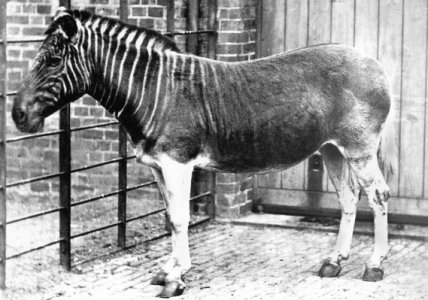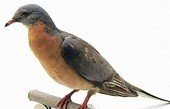One that I would include would be the Triceratops.
https://www.cnn.com/2024/03/09/world/woolly-mammoth-elephant-stem-cells-scn/index.html
https://www.cnn.com/2024/03/09/world/woolly-mammoth-elephant-stem-cells-scn/index.html
Last edited:





